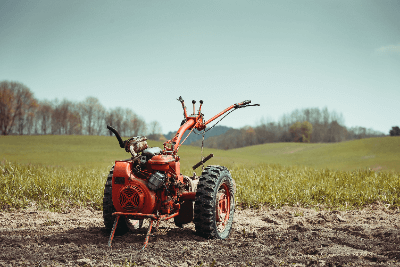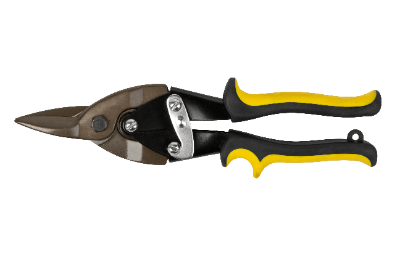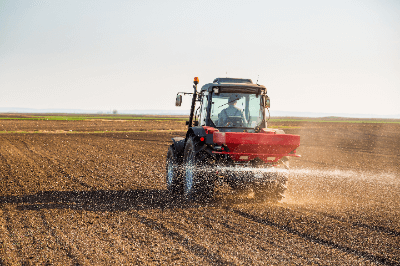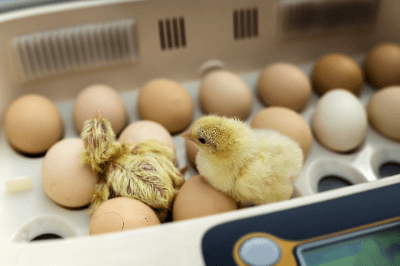What Is a Grafting Knife?
A grafting knife is a tool used for grafting.
It is also referred to as a budding knife, cutting-out knife, grafting blade, or grafting knife. Grafting is a plant propagation method where a branch or bud from a plant you want to propagate is cut and joined to another plant, creating a new individual through a propagation technique. The part to be transplanted (the grafted branch or bud) is called the scion, and the plant on which grafting is done is called the stock.
The grafting process involves first shaping the stock, which serves as the foundation, using a grafting knife, and making an incision to insert the scion. The shaped scion, with its tip trimmed for easy insertion, is placed into the incision. By securing it with grafting tape for a specific period, the stock and scion become established, growing together into a single plant.
Grafting knives are used in creating the insertion points for the scion and stock. Grafting is a delicate process, and the sharpness of the knife is crucial.
Uses of Grafting Knife
The grafting knife is utilized during the grafting of plants. Grafting methods include whip-and-tongue graft, cleft graft, side-veneer graft, approach graft, and bud graft, among others. For whip-and-tongue grafting, a grafting knife and grafting tape are typically prepared. Grafting tape, similar to a bandage for humans, is tightly wound around the joined part of the stock and scion, facilitating their bonding and hastening the union of the plants.
Firstly, a healthy branch with one or more buds from the plant you want to use as a scion is selected. This branch is cut a few centimeters below the bud. Using a grafting knife, the cut branch is shaved at an angle of several centimeters.
Next, a healthy and straight plant that you want as the stock is selected, and the stem is cut horizontally. From this cut, a vertical incision of several centimeters is made to expose the green part called the cambium layer. The cut end of the scion, prepared earlier, is inserted into this incision. Since the cambium layer must adhere for successful grafting, a firm connection is ensured. Finally, the junction of the scion and stock is wrapped with grafting tape to complete the process.
Features of Grafting Knife
Advantages
The advantages of a grafting knife lie in its ability to facilitate successful grafting, efficiently increasing the number of plants. Grafting requires familiarity, experience, and skilled techniques—it is not a skill acquired overnight. The grafting knife is used for the selection and preparation of scions and stocks.
While grafting can be done with knives other than grafting knives or with garden shears, the inability to make precise cuts may crush plant fibers, hindering successful union.
Grafting knives are lightweight, easy to handle, and possess sharp blades that cut cleanly without requiring excessive force. This results in clean cuts, reducing the risk of plant damage—a notable advantage.
Disadvantages
One disadvantage of grafting knives is the need for regular maintenance, such as sharpening with a whetstone and cleaning after use, to keep the blade sharp. Additionally, grafting knives generally have thin blades, making them unsuitable for cutting robust plants with thick stems.
Types of Grafting Knives
There are mainly the following types of grafting knives:
1. Pistol-Grip Grafting Knife
This grafting knife has a handle that gently curves like a pistol grip. Its distinctive feature is that it fits well in the hand, providing easy handling. With a thin and sharp blade, it cleanly cuts through tissues where the cambium layer is actively creating new cells.
2. Sheath-Encased Grafting Knife
This knife is encased in a wooden sheath. Storing the blade in the sheath makes it safe to carry in a bag. The wooden sheath covering the handle provides a non-slip grip and stability. This knife is recommended for those buying a grafting knife for the first time.
3. Folding Grafting Knife
This type of grafting knife folds, making it compact and easy to carry in a pocket. It is versatile and suitable for various applications, including DIY and school projects.
How to Choose a Grafting Knife
When choosing a grafting knife, it is crucial to consider the type of grafting and the intended use of the knife. There are many types of grafting, and the grafting knife should be selected based on the characteristics of the stock (such as stem thickness and wood hardness) for which it will work. Also, check factors such as the size of the grafting knife and its portability.
Two key points to check when purchasing a grafting knife are:
1. Specifications
Check the size of the grafting knife, the shape of the handle, and the material. A handle that provides a comfortable grip and fits well in the hand is recommended. Handles can be made of metal alone or covered with materials such as wood, bamboo, or plastic.
Wooden handles are generally beautiful and durable. The size of the grafting knife depends on whether the entire knife fits into a sheath or if the blade tip is foldable.
2. Blade Features
Grafting knives come in two main types based on the shape of the blade: straight-edge blades and slightly curved blades called curved-edge blades. Straight-edge knives are suitable for all types of grafting.
Curved-edge blades are less likely to slip and escape from branches due to their curvature, making them suitable not only for grafting but also for cutting plants for ikebana or flower arrangements. Additionally, there are variations for left-handed users and knives with dual edges.




